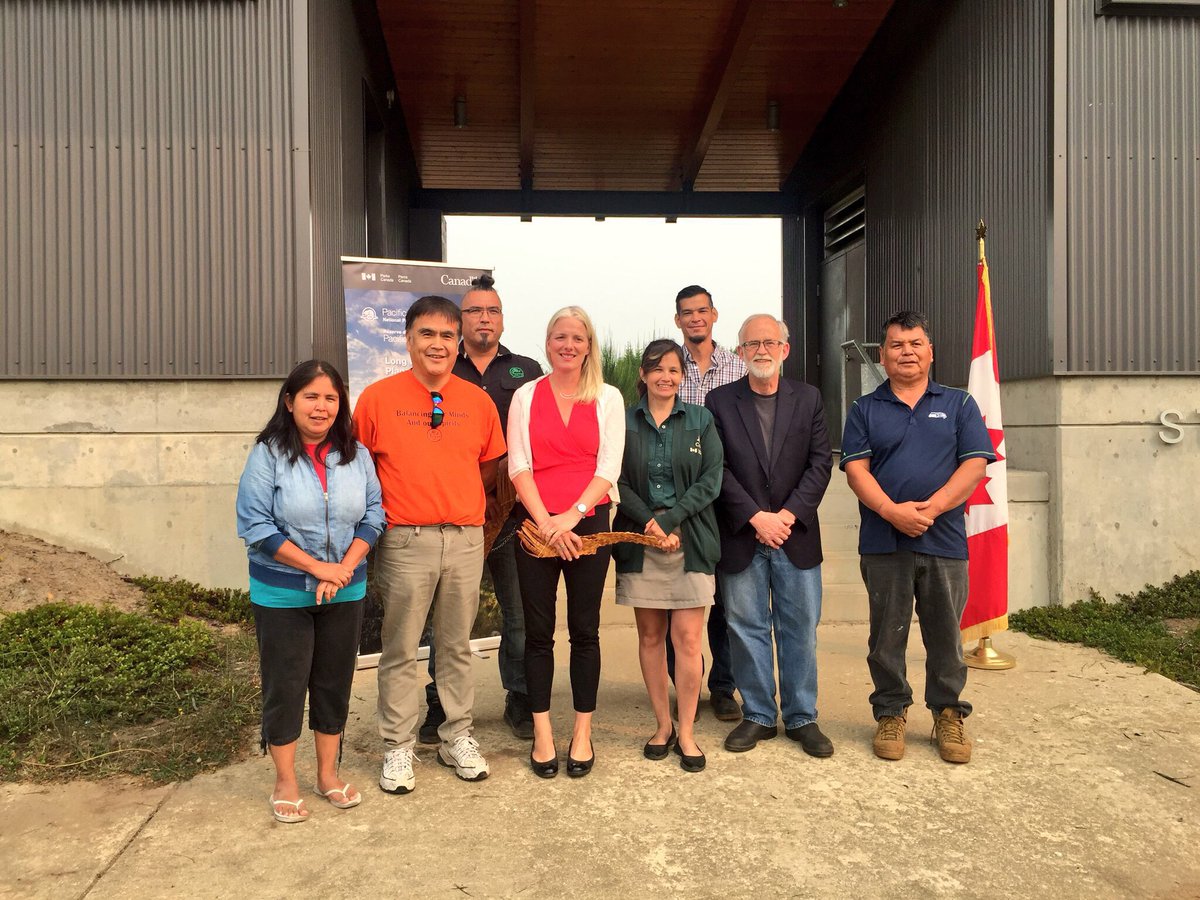The federal government and the Tla-o-qui-aht First Nation have signed a Memorandum of Understanding that will deliver water to the communities of Esowista and Ty-Histanis.
Announced by Catherine McKenna, Minister of Environment and Climate Change and Minister responsible for Parks Canada, and Chief Moses Martin of the Tla-o-qui-aht First Nation, the agreement was finalized after the completion of a new water system for Pacific Rim National Park Reserve and the Tla-o-qui-aht communities.
“Tla-o-qui-aht First Nations are proud of this achievement with our partners at Indigenous Services and Parks Canada. The effort to collaborate to ensure that future generations enjoy safe, potable drinking water for both personal use and for the future growth of the Nation is a momentous step forward,” said Chief Martin. “This partnership continues as the Nation will be providing the services of a certified water operator whose credentials are up to the standards of the entire water system from the source to the end users.”
Parks Canada partnered with Indigenous Services to complete this project, providing $5 million in funding for the new water system. With the delivery of the new system, the two Tla-o-qui-aht communities will have access to a better and safer water source that no longer requires heavy treatment and that can support the needs of the growing communities. Trucking water to reservoirs will no longer be needed, and the new system will meet both current and future needs of visitors to the national park reserve.
Great news. We have built a new water system that will provide clean, safe and reliable drinking water for the First Nations communities of the Esowista and Ty-Histanis. Thanks to all partners who helped make this happen! @ParksCanada @GCIndigenous @janephilpott #WorkingTogether pic.twitter.com/1LsEpgdeWg
— Catherine McKenna ?? (@cathmckenna) August 20, 2018
“Parks Canada is pleased to have partnered with Indigenous Services and the Tla-o-qui-aht First Nation to build a new water supply system,” said McKenna. “This system—which will ensure access to clean and safe water—will support both Pacific Rim National Park Reserve and the Tla-o-qui-aht First Nation for years to come.”
Parks Canada is investing $3 billion over 5 years to support infrastructure work to heritage, visitor, waterway, and highway assets located within national historic sites, national parks, and national marine conservation areas across Canada. These investments represent the largest federal infrastructure plan in the history of Parks Canada.









